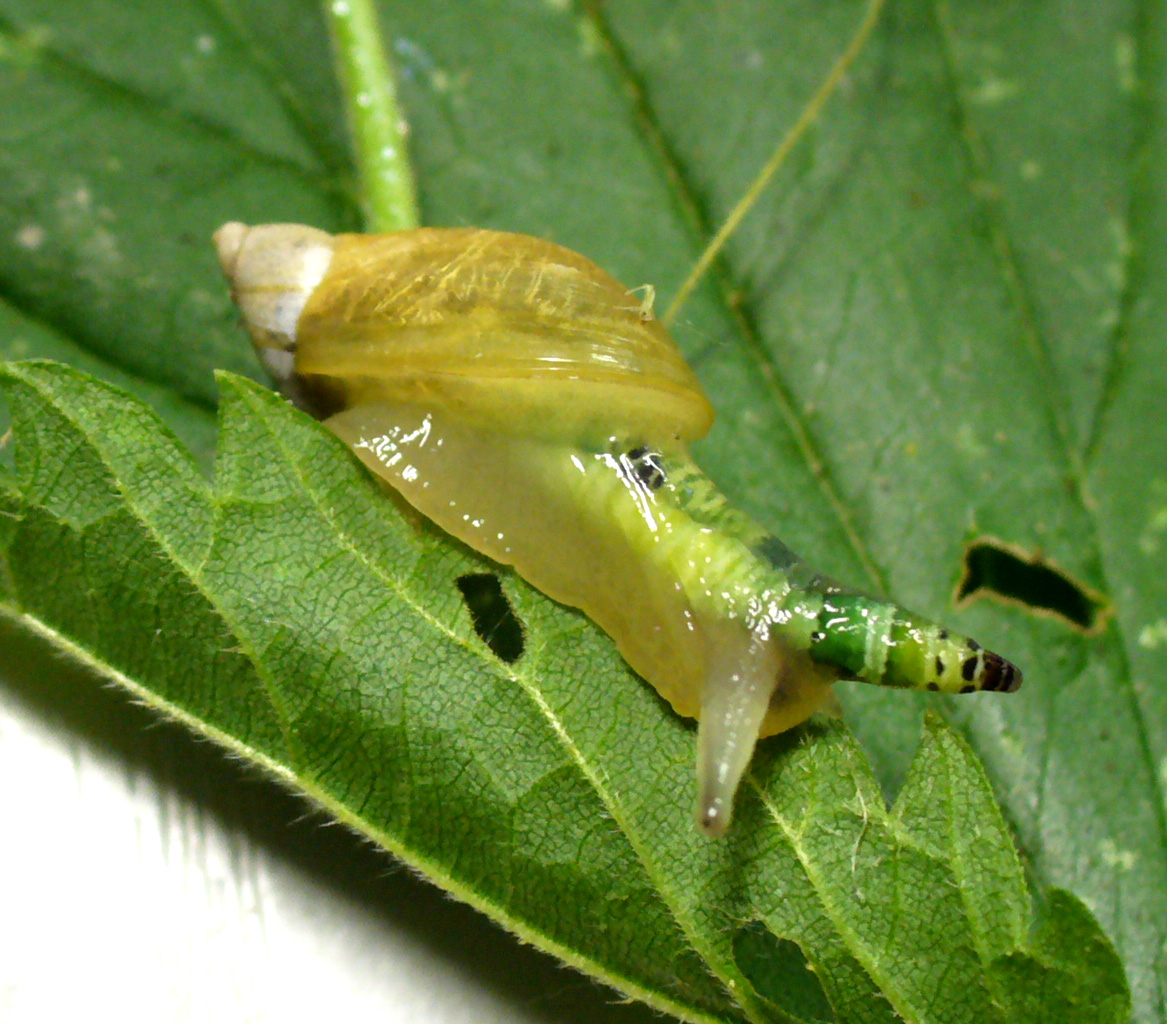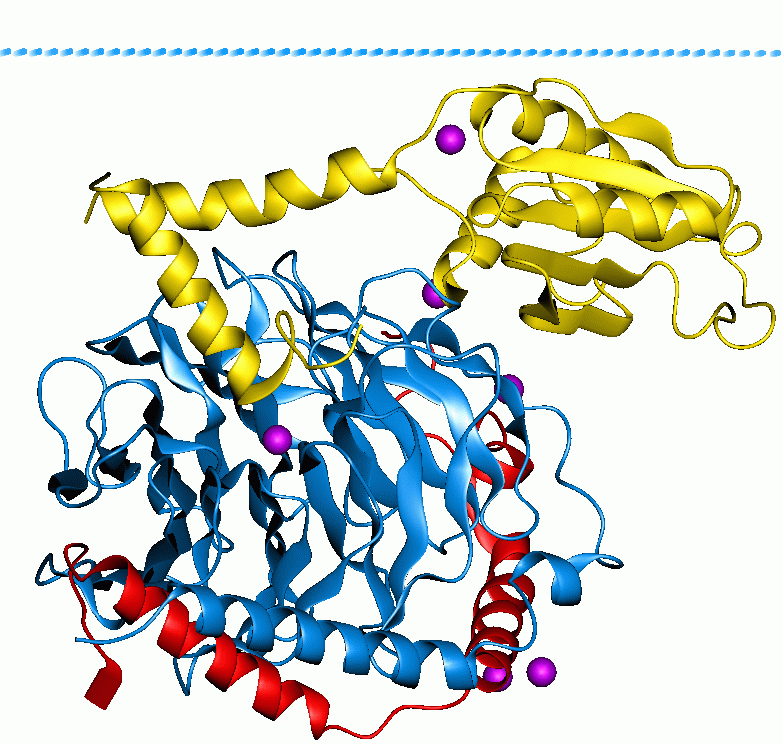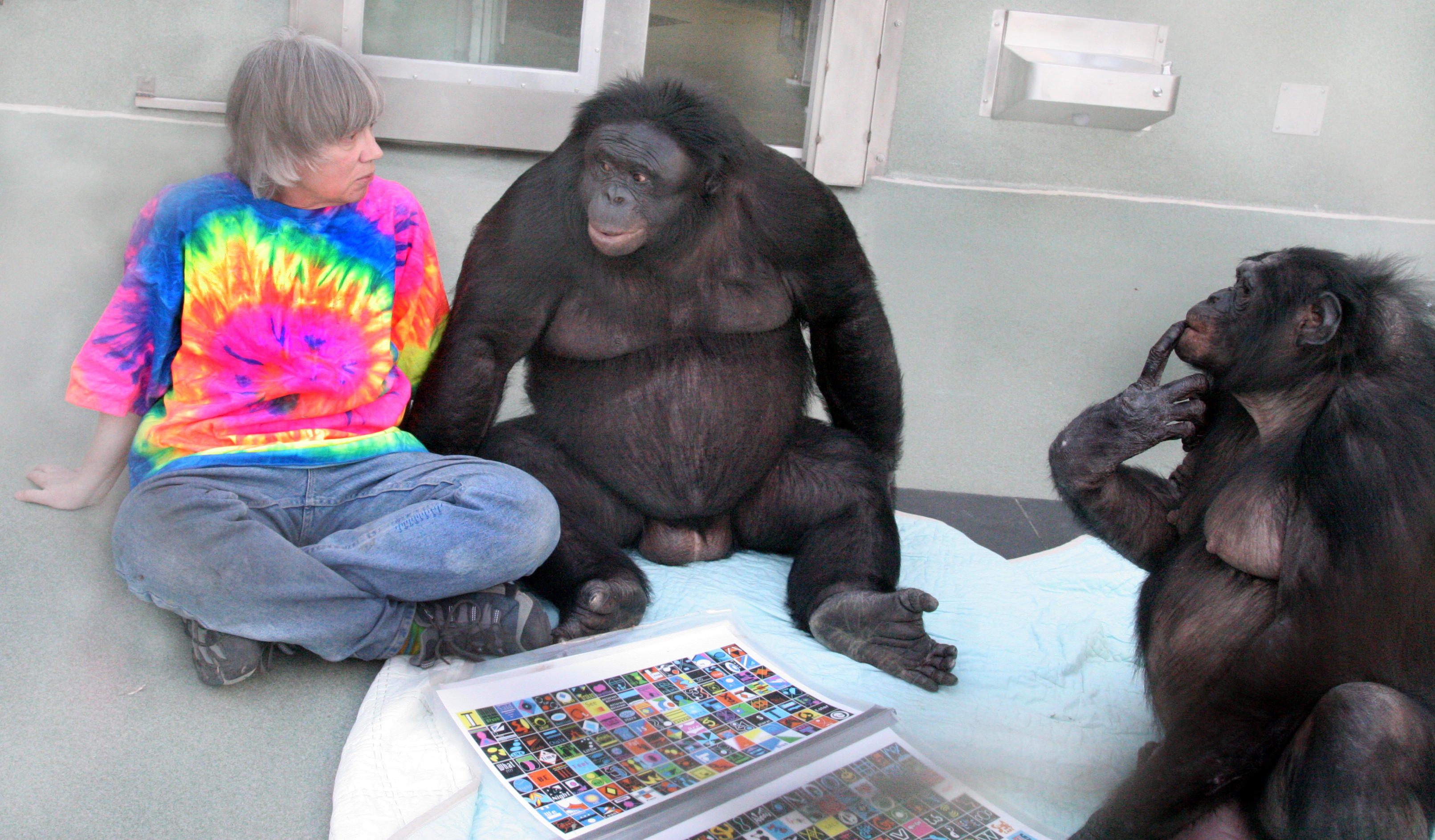|
Pathogen Avoidance
Pathogen avoidance, also referred to as, parasite avoidance or pathogen disgust, refers to the theory that the disgust response, in humans, is an adaptive system that guides behavior to avoid infection caused by parasites such as viruses, bacteria, fungi, protozoa, helminth worms, arthropods and social parasites. Pathogen avoidance is a psychological mechanism associated with the behavioral immune system. Pathogen avoidance has been discussed as one of the three domains of disgust which also include sexual and moral disgust. Evolutionary significance In nature, controlling or the avoidance of pathogens is an essential fitness strategy because disease-causing agents are ever-present. Pathogens reproduce rapidly at the expense of their hosts' fitness, this creates a coevolutionary arms race between pathogen transmission and host avoidance. For a pathogen to move to a new host, it must exploit regions of the body that serve as points of contact between current and future hosts such ... [...More Info...] [...Related Items...] OR: [Wikipedia] [Google] [Baidu] |
Disgust
Disgust (Middle French: ''desgouster'', from Latin ''gustus'', "taste") is an emotional response of rejection or revulsion to something potentially contagious or something considered offensive, distasteful, or unpleasant. In ''The Expression of the Emotions in Man and Animals'', Charles Darwin wrote that disgust is a sensation that refers to something revolting. Disgust is experienced primarily in relation to the sense of taste (either perceived or imagined), and secondarily to anything which causes a similar feeling by sense of smell, touch, or vision. Musically sensitive people may even be disgusted by the cacophony of inharmonious sounds. Research has continually proven a relationship between disgust and anxiety disorders such as arachnophobia, blood-injection-injury type phobias, and contamination fear related obsessive–compulsive disorder (also known as OCD). Disgust is one of the basic emotions of Robert Plutchik's theory of emotions, and has been studied extensively by ... [...More Info...] [...Related Items...] OR: [Wikipedia] [Google] [Baidu] |
Behavior-altering Parasite
Behavior-altering parasites are parasites with two or more hosts, capable of causing changes in the behavior of one of their hosts to enhance their transmission, sometimes directly affecting the hosts' decision-making and behavior control mechanisms. They do this by making the intermediate host, where they may reproduce asexually, more likely to be eaten by a predator at a higher trophic level which becomes the definitive host where the parasite reproduces sexually; the mechanism is therefore sometimes called parasite increased trophic facilitation or parasite increased trophic transmission. Examples can be found in bacteria, protozoa, viruses, and animals. Parasites may also alter the host behaviour to increase protection of the parasites or their offspring; the term bodyguard manipulation is used for such mechanisms. Among the behavioral changes caused by parasites is carelessness, making their hosts easier prey.Moore, J. (2002). Parasites and the behavior of animals. Oxford: Oxf ... [...More Info...] [...Related Items...] OR: [Wikipedia] [Google] [Baidu] |
G Protein
G proteins, also known as guanine nucleotide-binding proteins, are a family of proteins that act as molecular switches inside cells, and are involved in transmitting signals from a variety of stimuli outside a cell to its interior. Their activity is regulated by factors that control their ability to bind to and hydrolyze guanosine triphosphate (GTP) to guanosine diphosphate (GDP). When they are bound to GTP, they are 'on', and, when they are bound to GDP, they are 'off'. G proteins belong to the larger group of enzymes called GTPases. There are two classes of G proteins. The first function as monomeric small GTPases (small G-proteins), while the second function as heterotrimeric G protein complexes. The latter class of complexes is made up of ''alpha'' (α), ''beta'' (β) and ''gamma'' (γ) subunits. In addition, the beta and gamma subunits can form a stable dimeric complex referred to as the beta-gamma complex . Heterotrimeric G proteins located within the cell a ... [...More Info...] [...Related Items...] OR: [Wikipedia] [Google] [Baidu] |
Caenorhabditis Elegans
''Caenorhabditis elegans'' () is a free-living transparent nematode about 1 mm in length that lives in temperate soil environments. It is the type species of its genus. The name is a blend of the Greek ''caeno-'' (recent), ''rhabditis'' (rod-like) and Latin ''elegans'' (elegant). In 1900, Maupas initially named it ''Rhabditides elegans.'' Osche placed it in the subgenus ''Caenorhabditis'' in 1952, and in 1955, Dougherty raised ''Caenorhabditis'' to the status of genus. ''C. elegans'' is an unsegmented pseudocoelomate and lacks respiratory or circulatory systems. Most of these nematodes are hermaphrodites and a few are males. Males have specialised tails for mating that include spicules. In 1963, Sydney Brenner proposed research into ''C. elegans,'' primarily in the area of neuronal development. In 1974, he began research into the molecular and developmental biology of ''C. elegans'', which has since been extensively used as a model organism. It was the first multice ... [...More Info...] [...Related Items...] OR: [Wikipedia] [Google] [Baidu] |
Preening Bird (Unsplash)
Preening is a found in birds that involves the use of the beak to position feathers, interlock feather that have become separated, clean plumage, and keep ectoparasites in check. Feathers contribute significantly to a bird's insulation, waterproofing and aerodynamic flight, and so are vital to its survival. Because of this, birds spend considerable time each day maintaining their feathers, primarily through preening. Several actions make up preening behaviour. Birds fluff up and shake their feathers, which helps to "rezip" feather barbules that have become unhooked. Using their beaks, they gather preen oil from a gland at the base of their tail and distribute this oil through their feathers. They draw each contour feather through their bill, nibbling it from base to tip. Over time, some elements of preening have evolved to have secondary functions. Ritualised preening has become a part of some courtship displays, for example. It is also a displacement activity that can occur ... [...More Info...] [...Related Items...] OR: [Wikipedia] [Google] [Baidu] |
Japanese Macaque
The Japanese macaque (''Macaca fuscata''), also known as the snow monkey, is a terrestrial Old World monkey species that is native to Japan. Colloquially, they are referred to as "snow monkeys" because some live in areas where snow covers the ground for months each year – no other non-human primate lives further north, nor in a colder climate. Individuals have brownish grey fur, pinkish-red faces, and short tails. Two subspecies are known. In Japan, the species is known as ''Nihonzaru'' (ニホンザル, a combination of ''Nihon'' 日本 "Japan" + ''saru'' 猿 "monkey") to distinguish it from other primates, but the Japanese macaque is very familiar in Japan — as it is the only species of monkey in Japan — so when Japanese people simply say ''saru'', they usually have the Japanese macaque in mind. Physical characteristics The Japanese macaque is sexually dimorphic. Males weigh on average , while females average .Fooden J, Aimi M. (2005) "Systematic review of Japanese m ... [...More Info...] [...Related Items...] OR: [Wikipedia] [Google] [Baidu] |
Chimpanzee
The chimpanzee (''Pan troglodytes''), also known as simply the chimp, is a species of great ape native to the forest and savannah of tropical Africa. It has four confirmed subspecies and a fifth proposed subspecies. When its close relative the bonobo was more commonly known as the pygmy chimpanzee, this species was often called the common chimpanzee or the robust chimpanzee. The chimpanzee and the bonobo are the only species in the genus ''Pan''. Evidence from fossils and DNA sequencing shows that ''Pan'' is a sister taxon to the human lineage and is humans' closest living relative. The chimpanzee is covered in coarse black hair, but has a bare face, fingers, toes, palms of the hands, and soles of the feet. It is larger and more robust than the bonobo, weighing for males and for females and standing . The chimpanzee lives in groups that range in size from 15 to 150 members, although individuals travel and forage in much smaller groups during the day. The species lives ... [...More Info...] [...Related Items...] OR: [Wikipedia] [Google] [Baidu] |
Mandrill
The mandrill (''Mandrillus sphinx'') is a large Old World monkey native to west central Africa. It is one of the most colorful mammals in the world, with red and blue skin on its face and posterior. The species is sexually dimorphic, as males have a larger body, longer canine teeth and brighter coloring. Its closest living relative is the drill with which it shares the genus '' Mandrillus''. Both species were traditionally thought to be baboons, but further evidence has shown that they are more closely related to white-eyelid mangabeys. Mandrills mainly live in tropical rainforests but will also travel across savannas. They are active during the day and spend most of their time on the ground. Their preferred foods are fruit and seeds, but mandrills will consume leaves, piths, mushrooms, and animals from insects to juvenile antelope. Mandrills live in large, stable groups known as "hordes" which can number in the hundreds. Females form the core of these groups, while adul ... [...More Info...] [...Related Items...] OR: [Wikipedia] [Google] [Baidu] |
Bonobo
The bonobo (; ''Pan paniscus''), also historically called the pygmy chimpanzee and less often the dwarf chimpanzee or gracile chimpanzee, is an endangered great ape and one of the two species making up the genus '' Pan,'' the other being the common chimpanzee (''Pan troglodytes''). While bonobos are now recognized as a distinct species in their own right, they were initially thought to be a subspecies of chimpanzee (''Pan troglodytes)'' due to the physical similarities between the two species. Taxonomically, the members of the chimpanzee/bonobo subtribe Panina (composed entirely by the genus '' Pan'') are collectively termed ''panins''. The bonobo is distinguished by relatively long legs, pink lips, dark face, tail-tuft through adulthood, and parted long hair on its head. The bonobo is found in a area of the Congo Basin in the Democratic Republic of the Congo, Central Africa. The species is frugivorous and inhabits primary and secondary forests, including seasonally inundat ... [...More Info...] [...Related Items...] OR: [Wikipedia] [Google] [Baidu] |
Canidae
Canidae (; from Latin, ''canis'', "dog") is a family (biology), biological family of dog-like carnivorans, colloquially referred to as dogs, and constitutes a clade. A member of this family is also called a canid (). There are three subfamily, subfamilies found within the canid family, which are the extinct Borophaginae and Hesperocyoninae, and the extant Caninae. The Caninae are known as canines, and include Dog, domestic dogs, Wolf, wolves, Coyote, coyotes, foxes, jackals and other extant and extinct species. Canids are found on all continents except Antarctica, having arrived independently or accompanied Human, human beings over extended periods of time. Canids vary in size from the gray wolf to the fennec fox. The body forms of canids are similar, typically having long muzzles, upright ears, teeth adapted for cracking bones and slicing flesh, long legs, and bushy tails. They are mostly social animals, living together in family units or small groups and behaving cooperativ ... [...More Info...] [...Related Items...] OR: [Wikipedia] [Google] [Baidu] |
Umbellularia Californica
''Umbellularia californica'' is a large hardwood tree native to coastal forests and the Sierra foothills of California, and to coastal forests extending into Oregon. It is endemic to the California Floristic Province. It is the sole species in the genus ''Umbellularia''. The tree was formerly known as ''Oreodaphne californica''. In Yuki, it is called pōl’-cum ōl. In Oregon, this tree is known as Oregon myrtle, while in California it is called California bay laurel, which may be shortened to California bay or California laurel. It has also been called pepperwood, spicebush, cinnamon bush, peppernut tree, headache tree, mountain laurel, and balm of heaven. The tree's pungent leaves have a similar flavor to bay leaves, though stronger, and it may be mistaken for bay laurel. The dry wood has a color range from blonde (like maple) to brown (like walnut). It is considered an excellent tonewood and is sought after by luthiers and woodworkers. The tree is a host of the pathogen t ... [...More Info...] [...Related Items...] OR: [Wikipedia] [Google] [Baidu] |
Wood Rat
''Wood Rat'' is the 1st combination of the sexagenary cycle of the Chinese zodiac. Years of the Wood Rat The year in which the Western calendar year is divided by 60 and the year with an excess of 4 is the year of the Wood Rat. Overview It was four years after the year of the Metal Rooster, the year of the Revolution of the Dynasty changeover, and was considered the year of the ''revolutionary decree'', or the year of many upheavals, when the Tian will is renewed and heavenly commands are given to those who possess virtue (Kouji kaihatsu '). In order to prevent this, the new year has often been held in this year since the Heian period in Japan. Since the Koshi Reform of 1024, the only year prior to the Meiji era (when the reign of the first emperor was abolished with the decree of Issei Ichigen) in which there was no Koshi Reform was in Eiroku7 ( 1564).。 Emperor Emperor Kanmu was also the son of Tenchi, who ascended to the throne after the Tenmu lineage was severed by th ... [...More Info...] [...Related Items...] OR: [Wikipedia] [Google] [Baidu] |
.jpg)




-6.jpg)




